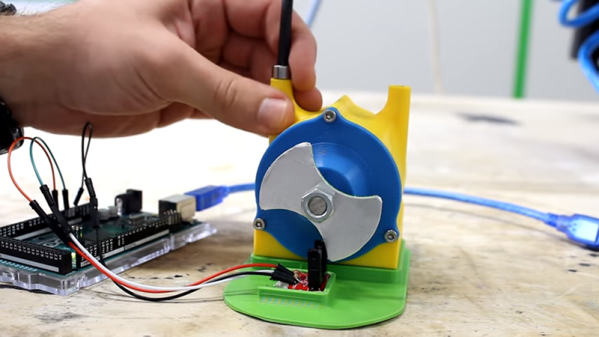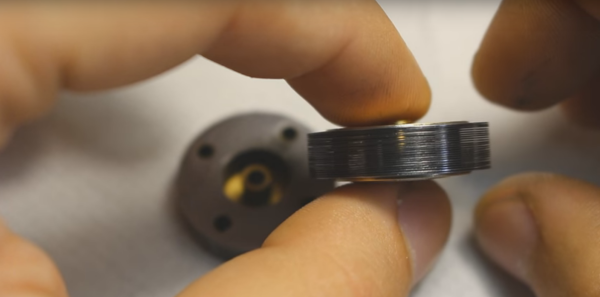Typically in the RC community, radio control boats rely on small nitro engines or electric motors to get around. Fitted with traditional propellers, they’re capable of great speed and performance. Of course, there’s more than one way to skin a cat, as [Integza] shows with his latest build.
As far as the boat side of things is concerned, it’s a basic 3D printed single hull design. The innovation comes in the drivetrain, instead. The boat uses compressed air for propulsion, stored in a battery of four soda bottles, pressurized to 6 bar. The compressed air is used to drive a Tesla turbine of [Integza]’s design, which is 3D printed on a resin printer. Rather then driving a propeller, the Tesla turbine instead turns a Lily impeller, which pulls the boat through the water rather than pushing it along. The impeller uses a nature-inspired design, hence the name, and was also 3D printed, making producing its complex geometry a cinch. The guts of a toy radio control car are then used to control the boat.
Understandably, performance is less than stellar. The limited reserves of compressed air can’t propel the boat long, and the combination of the high RPM Tesla turbine and Lily impeller don’t provide a lot of thrust. However, the boat does move under its own power, demonstrating these oddball technologies while doing so.
[Integza] has been working with these technologies for a while; we featured an earlier Tesla turbine build back in 2018. Video after the break.

















